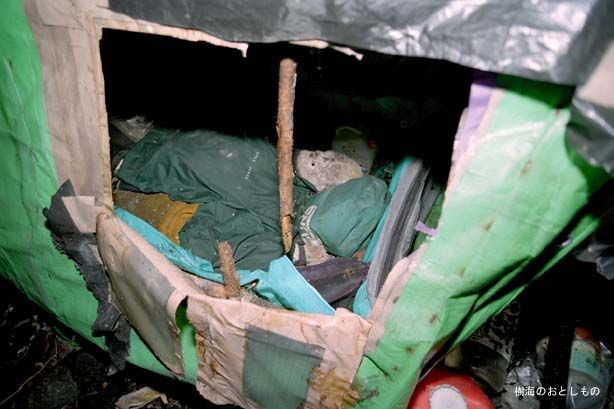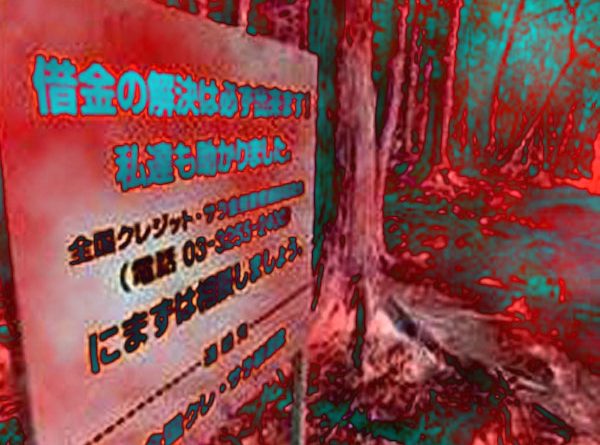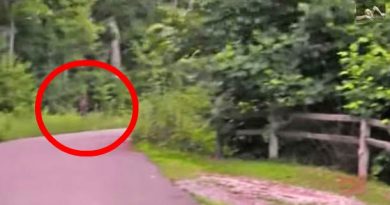Aokigahara Suicide Forest -Creepy Places
Called “the perfect place to die,” the Aokigahara forest has the unfortunate distinction as the world’s second most popular place to take one’s life. (The first is the Golden Gate Bridge.) Since the 1950s, Japanese businessmen have wandered in, and at least 500 of them haven’t wandered out, at an increasing rate of between 10 and 30 per year. Recently these numbers have increased even more, with a record 78 suicides in 2002.
Japanese spiritualists believe that the suicides committed in the forest have permeated Aokigahara’s trees, generating paranormal activity and preventing many who enter from escaping the forest’s depths. Complicating matters further is the common experience of compasses being rendered useless by the rich deposits of magnetic iron in the area’s volcanic soil.
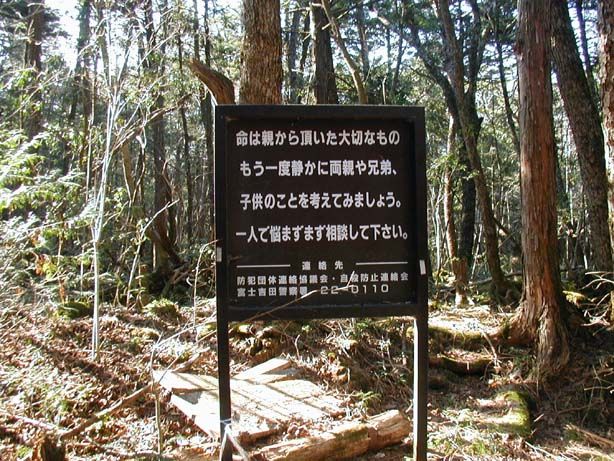
Due to the vastness of the forest, desperate visitors are unlikely to encounter anyone once inside the so-called “Sea of Trees,” so the police have mounted signs reading “Your life is a precious gift from your parents,” and “Please consult the police before you decide to die!” on trees throughout.
Contemporary news outlets noted the recent spike in suicides in the forest, blamed more on Japans economic downturn than on the romantic ending of Seicho Matsumotos novel Kuroi Jukai, which revitalized the so-called Suicide Forests popularity among those determined to take their final walk. (The novel culminates in Aokigahara as the characters are driven to joint-suicide.)
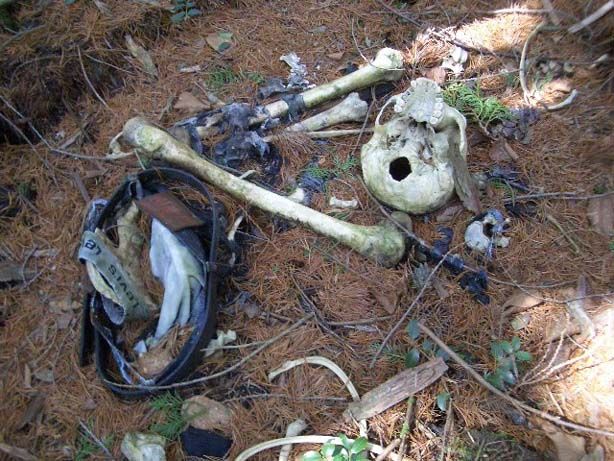
Locals say they can easily spot the three types of visitors to the forest: trekkers interested in scenic vistas of Mount Fuji, the curious hoping for a glimpse of the macabre, and those souls who dont plan on returning.
What those hoping to take their lives may not consider is the impact the suicides have on the locals and forest workers. In the words of one local man, “It bugs the hell out of me that the area’s famous for being a suicide spot.” And a local police officer said, “I’ve seen plenty of bodies that have been really badly decomposed, or been picked at by wild animals… There’s nothing beautiful about dying in there.”
The forest workers have it even worse than the police. The workers must carry the bodies down from the forest to the local station, where the bodies are put in a special room used specifically to house suicide corpses. The forest workers then play jan-ken-ponwhich English-speakers call rock, paper, scissorsto see who has to sleep in the room with the corpse.
It is believed that if the corpse is left alone, it is very bad luck for the yurei (ghost) of the suicide victims. Their spirits are said to scream through the night, and their bodies will move on their own.
Aokigahara Forest is known for two things in Japan: breathtaking views of Mount Fuji and suicides. Also called the Sea of Trees, this destination for the desperate is a place where the suicidal disappear, often never to be found in the dense forest.
Taro, a 46-year-old man fired from his job at an iron manufacturing company, hoped to fade into the blackness. “My will to live disappeared,” said Taro. “I’d lost my identity, so I didn’t want to live on this earth. That’s why I went there.”
Taro, who did not want to be identified fully, was swimming in debt and had been evicted from his company apartment.
The forest is a popular place for suicides, reportedly the most popular in Japan and second in the world after San Francisco’s Golden Gate Bridge. Statistics vary. In the period leading up to 1988, about 30 suicides occurred there every year.
In 2002, 78 bodies were found within the forest, exceeding the previous record of 73 in 1998. In 2003, the rate climbed to 100, and in recent years, the local government has stopped publicizing the numbers in an attempt to downplay Aokigahara’s association with suicide. In 2004, 108 people killed themselves in the forest. In 2010, 247 people attempted suicide in the forest, 54 of whom completed the act. Suicides are said to increase during March, the end of the fiscal year in Japan.

The high rate of suicide has led officials to place signs in the forest, in Japanese and English, urging those who have gone there in order to commit suicide to seek help and not kill themselves. The annual body search, consisting of a small army of police, volunteers, and attendant journalists, began in 1970
Aokigahara is the perfect place to set a horror movie, as it has become the second most popular location (the Golden Gate Bridge is currently ranked number one) for wary travelers to shuffle off this mortal coil by their own hands.
The forest has become so legendary as a prime suicide location that several signs have been erected and drilled into the trees pleading with travelers to reconsider making the Sea of Trees their final resting place. Others who choose to explore the supposedly haunted forest simply for the thrill of it may run the risk of coming across some of the many corpses there that have yet to be discovered.
